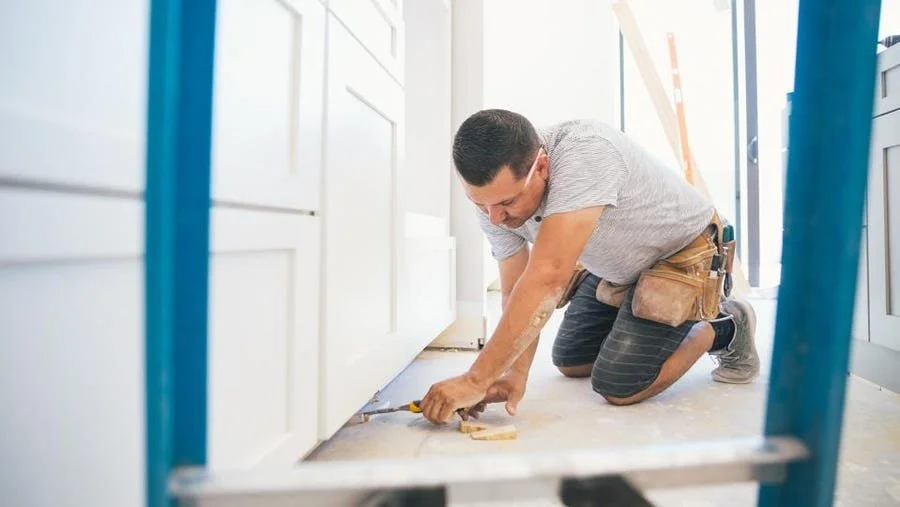Primer Before Paint: Why Is It Necessary
RH Business Marketing Solutions
If you are engaged in any DIY project involving would you are going to have to prioritize priming. It makes no difference whether you are using bare, new wood or repainting a piece.
Good Primer Makes a Difference
It could be said that wood primer is indispensable to a professional painter. It improves the aesthetic appeal of a painted piece. It allows it to glow and brings colors to vibrant life. However, before starting a priming job you need to ensure that surfaces are ready.
It's essential that the wood grain be prepared to hold that paint color - and wood can be a demanding material.
It is a complex and wonderful surface - but it has to be handled with care in order to ensure that the end result really shines. So, if you are embarking on a painting project here are some handy hints to ensure that you have enough primer - and that it is applied in a way that will bring out the beauty of the wood.
1. The Importance of Sanding
It may seem like a waste of time to sand raw wood prior to painting - however, lumber obtained from a stockyard can be coated in a protective glaze. It is essential to remove this glaze in order to ensure that the paint adheres to the surface. Sanding also opens the grain of the wood - which improves adhesion.
2. Make Sure the Knots are Sealed
If there is one thing that can ruin the appearance of a painted wood piece it is the sight of a knot bleeding through the paint. Even multiple coats will not prevent the knot from eventually showing through and ruining the finish of the piece. Make sure to seal knots with primer.
For those who prefer to work with an oil-based product, spray primer is ideal. Using spray-on primer also avoids messy cleanup. Kilz, a premium oil-based spray application offers a low-odor option. Shellac is also valued for the quickness it dries into an effective seal.
3. Make the Right Choice of base
The base that you use is vitally important. Your paint advisor should be able to help you select the right base for your choice of color before tinting begins. This base ensures that the color you choose will shine with that perfect hue.
4. Applying the First Coat of Primer
And then it is on to the star of the show - the primer. Your first coat of primer should be sufficient to cover the entire area of the wood. Avoid thick spots and control dripping. The primer should be applied with clean, even strokes that provide even distribution.
5. The Second Coat
When you have completed your first coat it may be time for the second. make sure that the first coat is completely dry prior to applying the second coat. Once it has dried apply the second coat using the same method as the first - gentle, clean, and even strokes.
Finally, you are all set to get to the main event, painting - with that perfect primer as the foundation of your further efforts.
Guest Contributor: Arslan Hassan












